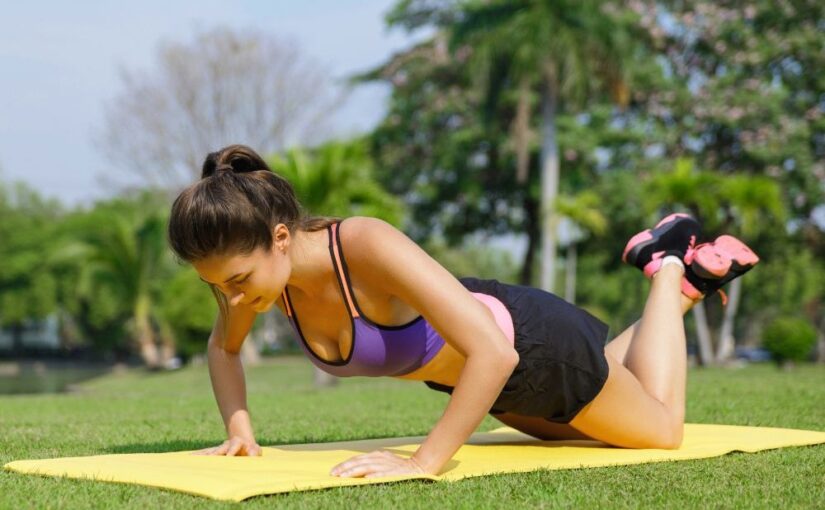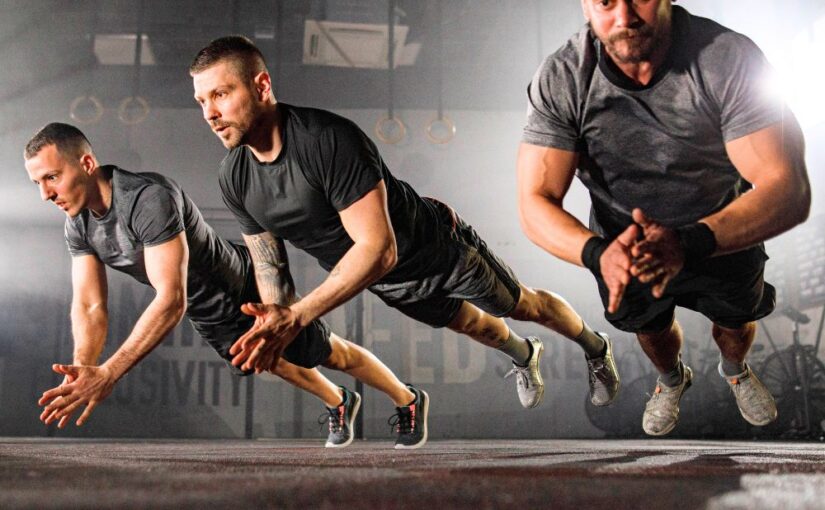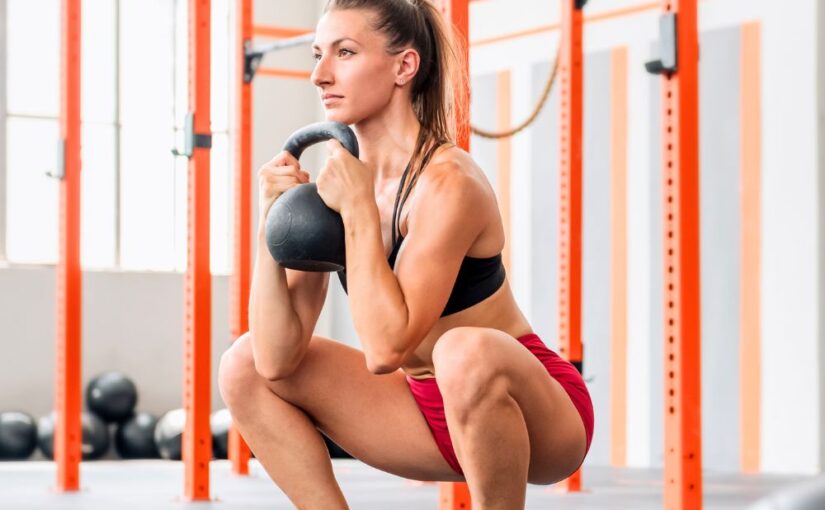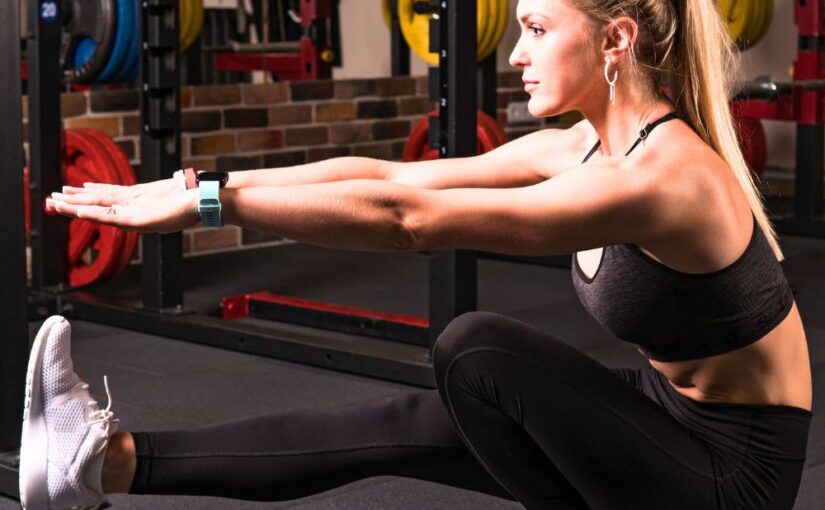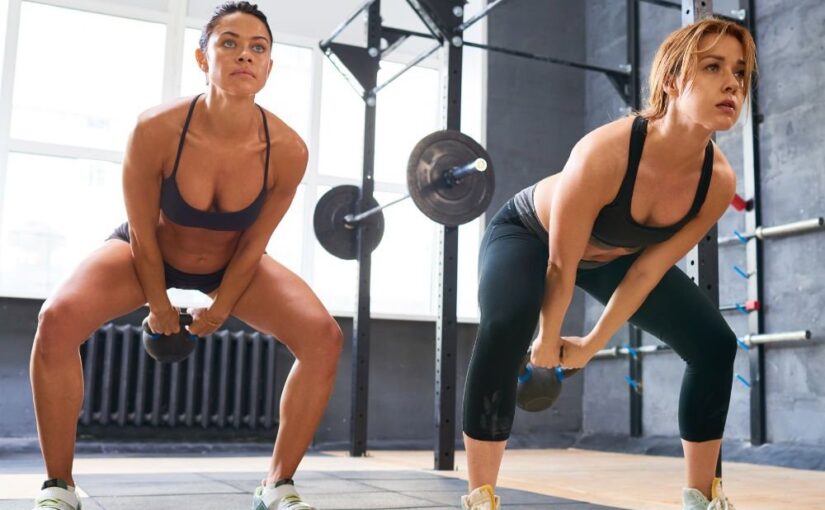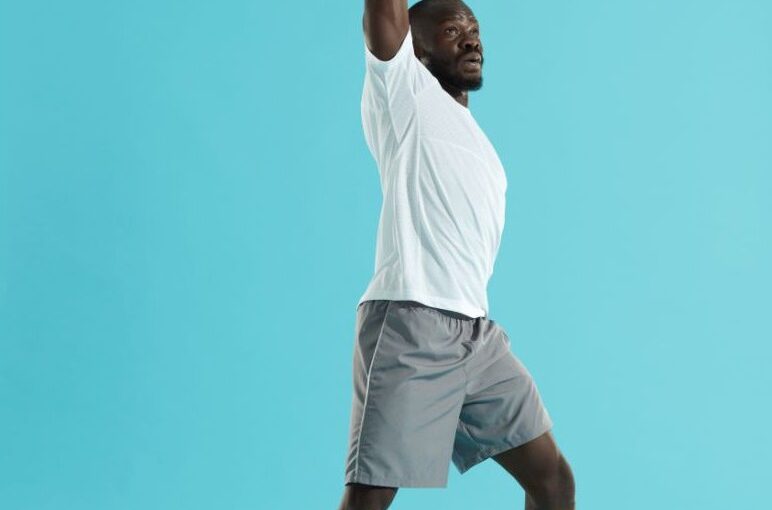The barbell decline bench press offers several benefits, making it an effective exercise for developing the chest, shoulders, and triceps. Here are some of the key advantages:
1. Targets the Lower Chest
The decline angle of the bench press primarily targets the lower portion of the pectoralis major (the lower chest), which is often less activated in flat or incline bench presses. This helps to create a more well-rounded and balanced chest development.
2. Improves Overall Chest Strength
Like other bench press variations, the decline bench press is excellent for building overall chest strength and size, as it allows for lifting heavier weights due to the position’s more favorable mechanics. It works the pectoralis major (chest muscles), as well as the triceps and deltoids (shoulders).
3. Reduces Shoulder Strain
Compared to flat bench presses, the decline position reduces strain on the shoulders, making it a safer option for those who may have shoulder discomfort or are recovering from an injury. This makes it a good alternative for individuals with limited shoulder mobility.
4. Improves Tricep Activation
The decline angle leads to an increased emphasis on the triceps during the press, helping to improve tricep strength and development. This can help with other lifts, like the overhead press or the flat bench press, as triceps play a significant role in pressing movements.
5. Increased Range of Motion (ROM)
The decline bench press allows for a greater range of motion compared to the flat bench press, especially in the lowering phase of the lift. This extended ROM can lead to more muscle activation and improved muscle growth.
6. Less Stress on the Lower Back
For individuals with lower back issues, the decline position provides a more stable base and reduces the arching of the lower back that can occur in a flat bench press. This can be a safer alternative for maintaining a strong press without discomfort in the lower back.
7. Increased Strength in Pressing Movements
By training the decline bench press, you can improve your overall pressing strength, which can transfer to other exercises like the flat barbell bench press or overhead press. It helps to improve pressing technique and power by targeting muscle groups used in various pushing movements.
8. Variety in Training
Incorporating different angles in your chest training (flat, incline, and decline) provides variety, which can prevent plateaus and promote continued muscle growth by stimulating the chest muscles in different ways. It ensures a more complete and balanced development of the upper, middle, and lower chest.
9. Functional Strength
The decline bench press can have some transfer to functional strength for pushing movements in sports and activities that require strength in a downward or lower-angle pressing motion (e.g., tackling in football).
10. Helps Build Core Strength
The decline position engages your core muscles (abdominals and obliques) as stabilizers during the lift, helping to strengthen the core over time.
By including the barbell decline bench press in your workout routine, you can effectively enhance both chest and tricep development while reducing strain on the shoulders and lower back.

